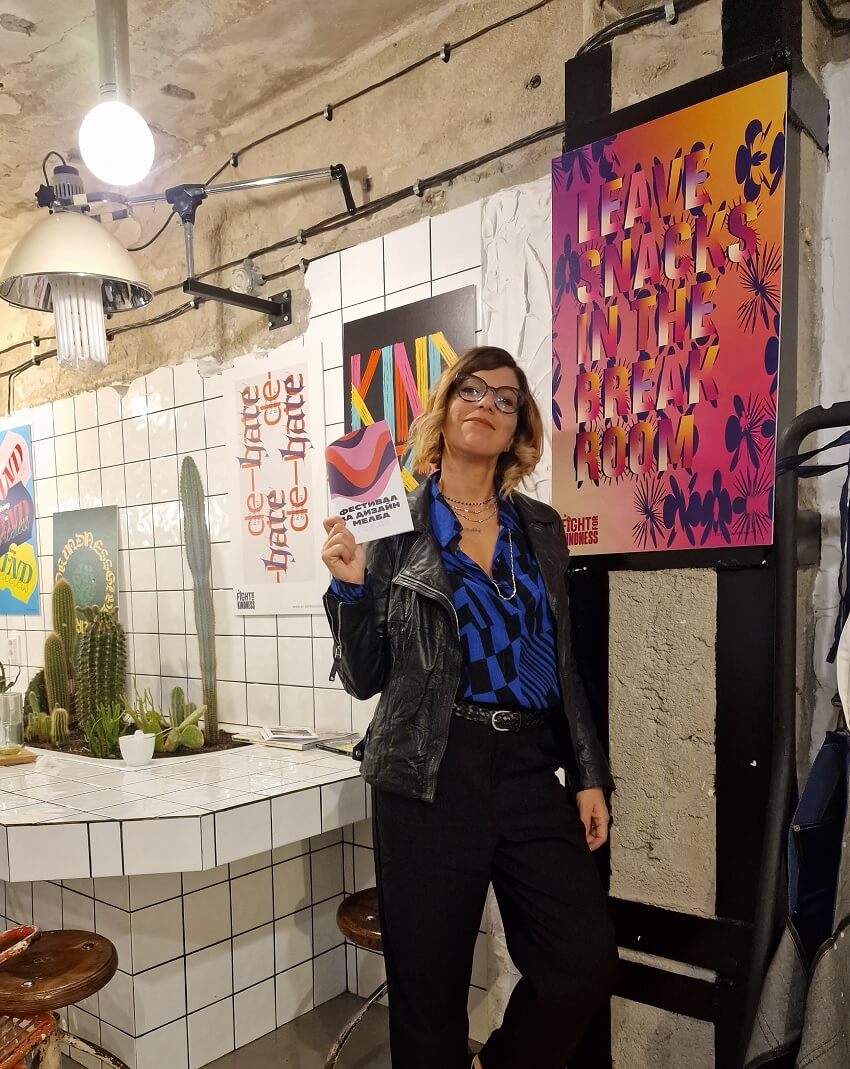
Debora Manetti, C2A Juror, Unveils the Secrets of Creative Communication
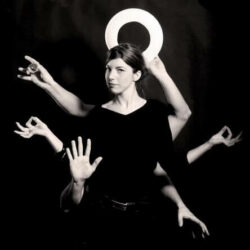
Meet Debora Manetti, a leading figure in the world of creative communication and typographic culture. As the co-founder of Ligature, Director of TypeCampus and the key person behind Zetafonts Foundry, Debora has been a major influence in typographic branding and communication design since 2001. Her work, together with partners Francesco Canovaro and Cosimo Lorenzo Pancini, has not only shaped the look and feel of digital communication but also enriched it with ethical considerations, reaching a global audience. As a juror for the Creative Communication Awards (C2A), Debora shares her insights into the evolution of creative communication, her role in evaluating groundbreaking projects, and her passionate involvement in the “Fight for Kindness” initiative.
About Debora Manetti and Zetafonts Foundry:
– Typography Innovator: Under partners’s leadership, Zetafonts has developed over 150 type families, releasing more than 3,000 fonts that have become essential tools for designers worldwide.
– Global Influence: With over 34 million digital downloads, Zetafonts’ creations are utilized by industry giants such as Google, Apple, Disney, Netflix, Coca-Cola, and Vogue, showcasing the universal appeal and impact of their work.
– Design Consultancy: Beyond Zetafonts, Debora serves as Director of their cultural division TypeCampus, providing typographic resources for design schools with the Academic Plan and promoting the international philanthropic initiative Fight for Kindness, to celebrate typographic messages on the extended values of kindness.
About the Project: Fight for Kindness
The “Fight for Kindness” project demonstrates Zetafonts’ dedication to using design for social good. Launched by TypeCampus, Zetafonts’ cultural project division, it seeks to spread messages of change, inclusion, empathy, and peace through the use of typography. This initiative is a combination of design and ethical values, aiming to create a real difference in society.
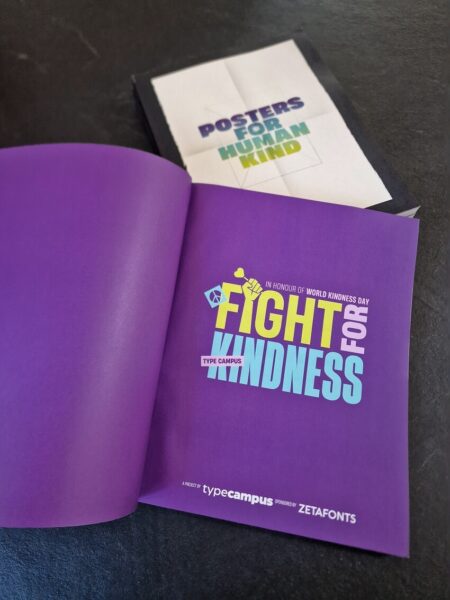
Interview with Debora Manetti
1. As a juror for the Creative Communication Awards (C2A) 2023, what do you look for in submissions, and how do these criteria reflect the awards’ objectives?
Debora Manetti: The core of my evaluation focuses on the fundamental nature and proposition of each project. The design must not only be visually appealing but also based on a solid strategy and concept. This method is in line with the C2A’s goals of highlighting innovation and careful consideration in communication.
2. Can you share an example of a submission that impressed you with its creativity and communication effectiveness?
Debora Manetti: Certainly, the project designed for the TypoLyon conference by Jo Iijima was remarkable. It exemplified how typography can go beyond its traditional role to represent the communication of complex ideas, showcasing a dynamic interaction between knowledge and design.
3. How do the entries from this year reflect current trends or shifts in the creative communication landscape?
Debora Manetti: We’re witnessing a move away from rigid trends towards a variety of styles and forms. This year’s entries reflected this change, offering a selection that is diverse and constantly developing, capturing the restless nature of our era where visual culture is more about exploration than concrete answers.
4. What challenges do you face when evaluating such a diverse array of creative works, and how do you address them?
Debora Manetti: The vast amount and diversity can be overwhelming, sometimes resulting in a preference for visually pleasing projects. To address this, I use a two-step review process: an initial evaluation for immediate impact, followed by a more in-depth analysis to discover deeper meanings, often with the help of supporting videos for a comprehensive perspective.
5. Is there a particular story or narrative from the submissions that resonated with you, embodying the essence of effective communication?
Debora Manetti: The branding project for The Ernst von Siemens Music Foundation was unforgettable. It cleverly navigated the interplay between music and typography, celebrating the foundation’s fifty-year legacy with a sophisticated blend of visual and textual elements, a testament to the power of storytelling in design.
6. Beyond your C2A duties, could you share a bit about your current projects or initiatives that excite you?
Debora Manetti: The “Fight for Kindness” initiative is very close to my heart. It leverages our expertise in typography to broadcast messages of change and positivity.
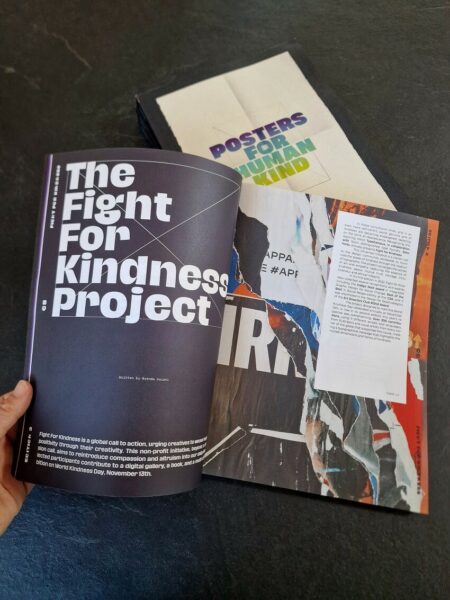
Another significant project is the Type Trends Lookbook, where we explore and report on design trends, enriched by insights from designers worldwide. Both projects underscore our commitment to using design as a force for good.
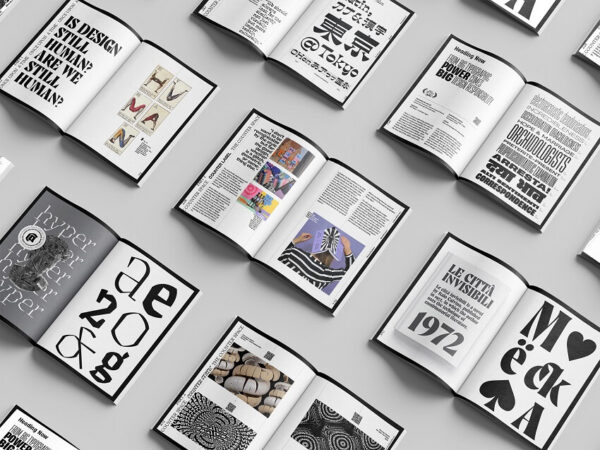
7. Have you identified any emerging trends or methodologies during the judging process that you believe will significantly impact the future of creative communication?
Debora Manetti: The trend towards dynamic identities stands out. It suggests that for the foreseeable future, visual communication must increasingly incorporate elements of motion, CGI, and coding, marking a significant shift in how we approach design and storytelling.
8. Finally, as a seasoned professional, how do you perceive the impact of awards like C2A on the creative industry?
Debora Manetti: Awards like C2A serve multiple roles: they’re a platform for recognition, a snapshot of global design trends, and a network for creative minds to connect. Moreover, they offer participants a unique opportunity to gain insights from an international panel of experts, enriching the creative discourse and pushing the industry forward.
Debora Manetti’s Vision for Creative Communication
Debora Manetti’s work with Ligature and Zetafonts exemplifies the transformative power of design. Through her leadership and creative vision, she has contributed to the evolution of typography and communication, emphasizing the role of design in advocating for kindness, inclusion, and social change. As the design community looks forward to the trends and challenges of the future, Debora’s insights and projects continue to inspire and influence creatives worldwide.
For further exploration of Debora Manetti’s impactful projects and initiatives, please visit the provided links.
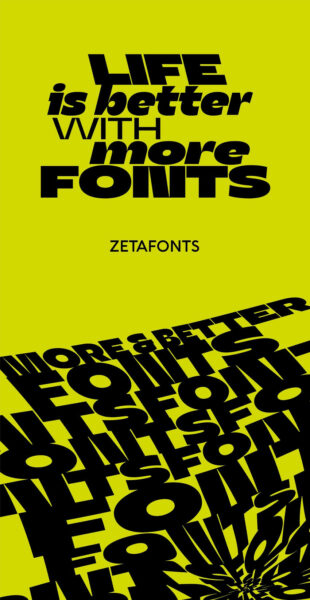
—-
